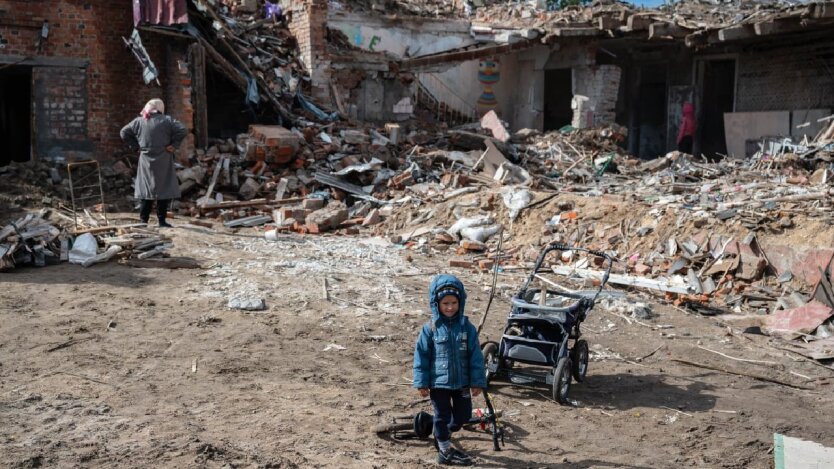The program for the employment of Ukrainian refugees in Germany completely failed, - BILD.


The German government introduced a special program to facilitate the employment of Ukrainian refugees, but the results turned out to be unsatisfactory. According to BILD, employment proved to be very ineffective.
In 2023, only 20% of integration course graduates received offers from employment centers, but none of them found a job. In the current year, 40% of graduates received vacancies, but in fact, only less than 1% of them started working.
German bureaucracy "spoiled" Ukrainian refugees by creating a system that does not motivate them to work. The bureaucratic system taught refugees that they could live well with little work.
Currently, about 720,000 Ukrainians receive social assistance in Germany, of which about 500,000 are of working age. The monthly expenses on aid amount to about 539 million euros.
The main reasons for the low employment rate are the long wait for integration courses and the ease with which employment centers accept refusals of vacancies. At the same Time, Ukrainian refugees often refuse courses without providing medical certificates about their health.
Currently, 3.48 million refugees live in Germany, of which 1.18 million are Ukrainians. Earlier, Finance Minister Christian Lindner proposed changing the approach to providing aid and introducing a new legal status for Ukrainian refugees.
A fundamental shift in thinking is necessary to no longer allow us to be taken advantage of.
Recall that in Germany they plan to tighten the rules for refugees: what awaits Ukrainians.
Read also
- Ukraine has started screening with the EU on the cluster focused on environmental issues
- Trump has not abandoned plans to end the war in Ukraine - Volker
- The Rada introduced criminal liability for the deportation of children
- Danger on the Beaches: 12% of Swimming Areas in Ukraine are Contaminated with E. coli
- EU prepares significantly stronger sanctions against Russia - Macron
- Ukraine begins development of the national large language model of AI










